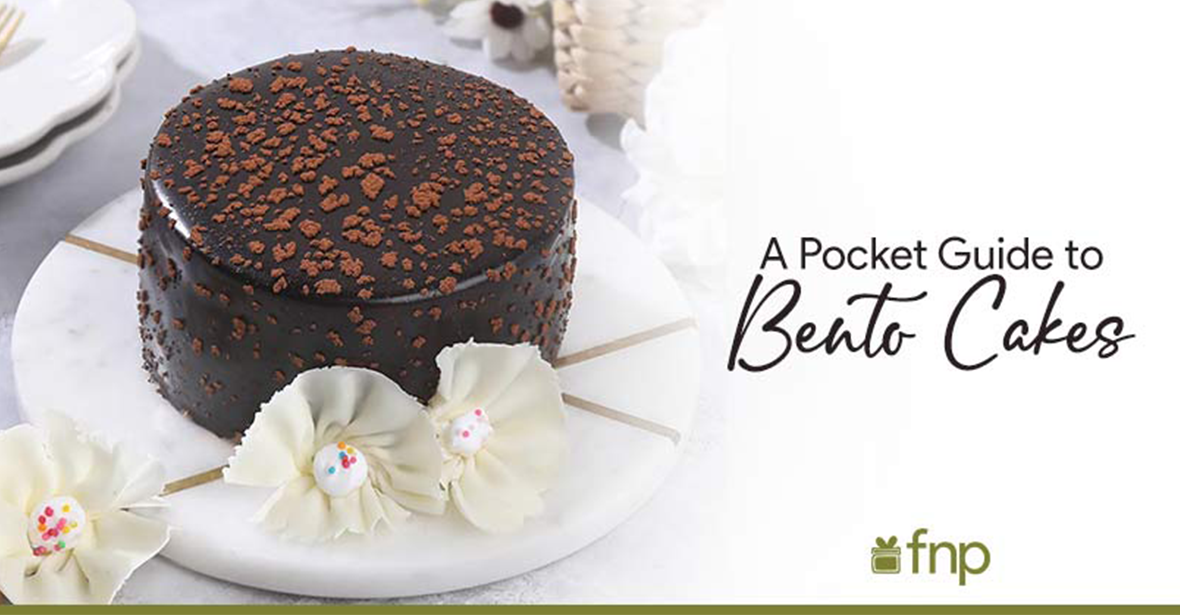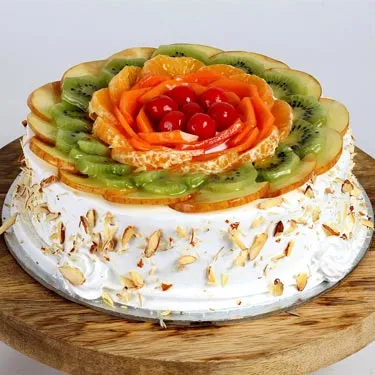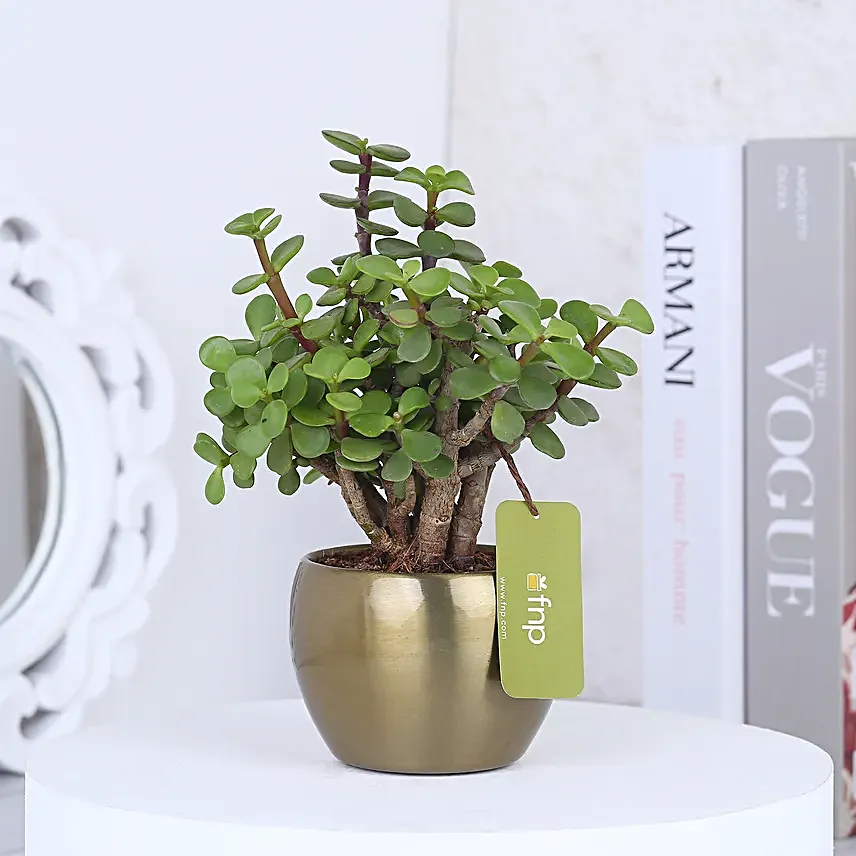A Comprehensive Introduction to Bento Cakes
- Author: Anushka Published: 18th Sep, 2023
When it comes to delightful and cute culinary creations, only a few can rival the charm and versatility of bento cakes. These super cute, miniature and artfully designed cakes have captured the hearts and taste buds of people around the world. In this article, we share a detailed introduction to bento cakes, delving into what they are, exploring their history and so much more. Let’s start with the basics!

What Are Bento Cakes?
Often referred to as ‘lunchbox cakes’ or ‘Japanese-inspired cakes’, bento cakes are a fusion of the art of Japanese bento box presentation and everyone’s favourite dessert - cakes. They are not only delicious but also visually stunning. You will typically find them adorned with intricate edible decorations that transform into tiny works of art. This makes them an ideal choice for intimate gatherings and celebrations.
A Glimpse into the History of Bento Cakes
The concept of bento boxes, which are Japanese packed lunches, traces back centuries. The term ‘bento’ originates from Japan which translates to ‘convenient’ or ‘convenience’. People there refer to it as a single-portion meal that is either takeaway or home-cooked.
This bite-sized delight has evolved to incorporate a wide assortment of cake flavours, designs and fillings. They are no longer constrained to Japanese-inspired creations but turned into a global phenomenon, with bakers worldwide putting their creative twists on these masterpieces.
Cultural Significance
Bento cakes have gained cultural significance as they are often used to celebrate special occasions. In fact, in some cultures, they have become a better alternative to traditional cakes at events like weddings, birthdays and anniversary parties. You can also gift it to those who are not a fan of sweet treats, which further results in the wastage of the cake. Besides, the dessert offers great scope for personalisation, making it a perfect choice for commemorating significant milestones.





